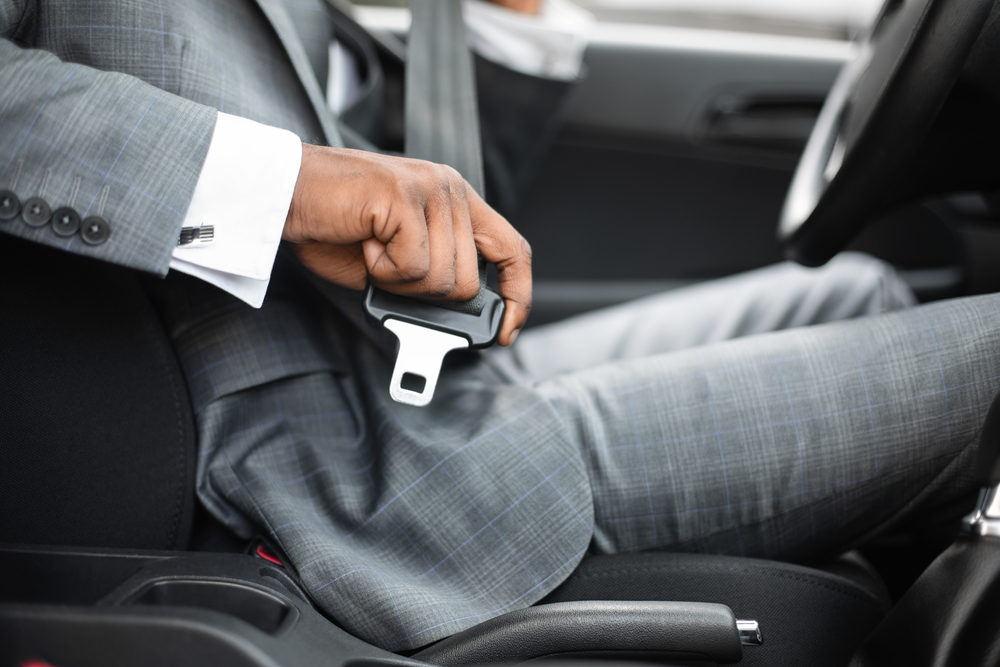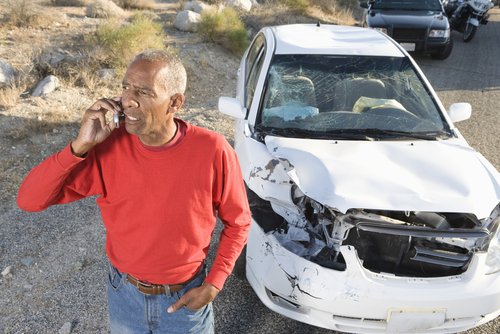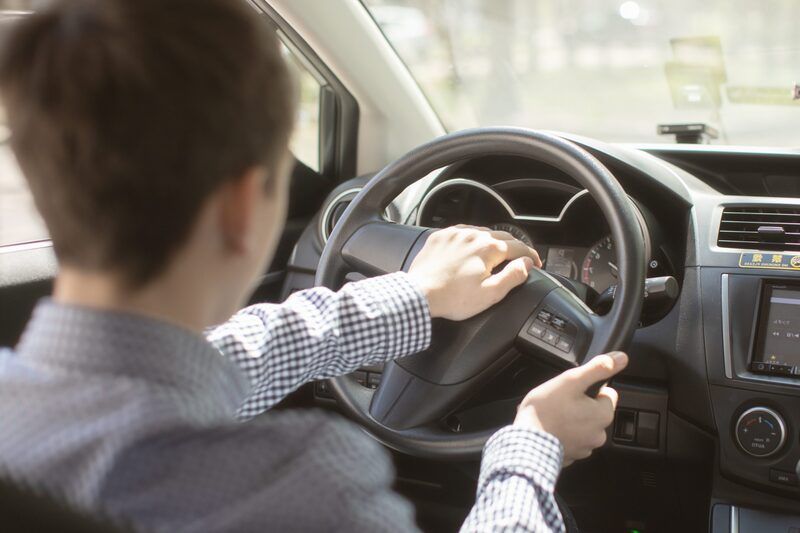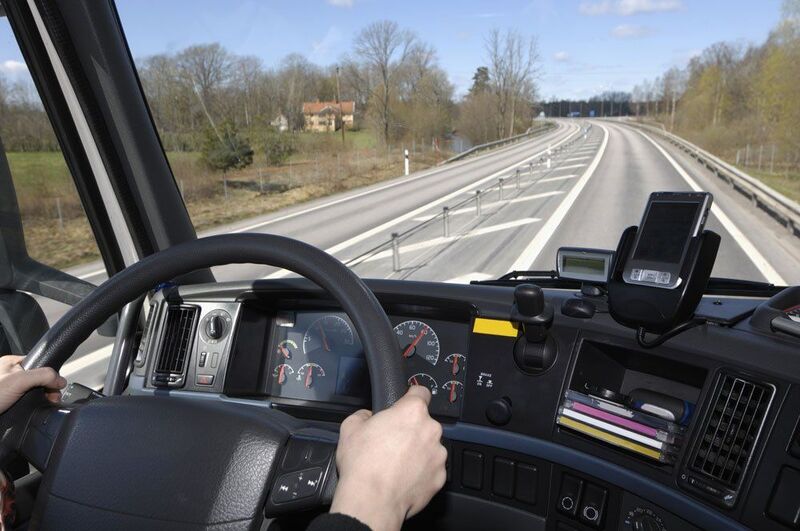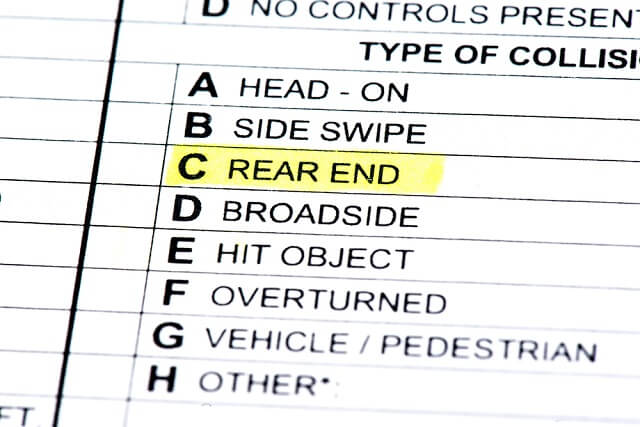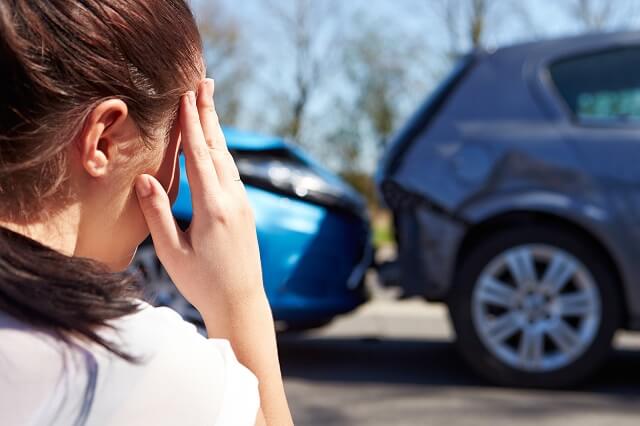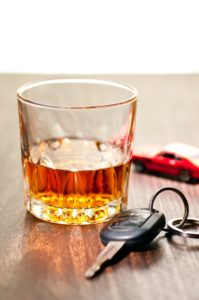 Louisiana provides two types of compensation for a person injured in a car accident by a drunk driver – compensatory damages and punitive damages. Compensatory damages are awarded to make a car accident victim whole and put them back in the same position as they were before they suffered an injury. Punitive damages are a monetary award above and beyond compensatory damages and are provided to punish a drunk driver that causes a car accident for reckless behavior.
Louisiana provides two types of compensation for a person injured in a car accident by a drunk driver – compensatory damages and punitive damages. Compensatory damages are awarded to make a car accident victim whole and put them back in the same position as they were before they suffered an injury. Punitive damages are a monetary award above and beyond compensatory damages and are provided to punish a drunk driver that causes a car accident for reckless behavior.
Louisiana allows punitive damages only in very limited circumstances, one of which is drunk driving car accident. LA Civil Code Article 2315.4 allows for punitive damages in addition to personal injury and property damages upon proof that the injuries on which the action is based were caused by a wanton or reckless disregard for the rights and safety of others by a defendant whose intoxication while operating a motor vehicle was a cause-in-fact of the resulting injuries.
According to the National Highway Traffic Safety Association (NHTSA) in 2012, there were 241 drunk driving car accident fatalities (33% of all traffic deaths) in Louisiana. There were also 8,655 alcohol-related car crashes in Louisiana.
If you are an injury victim of a drunk driving car accident it is important to seek the advice of an attorney to make sure you recover the maximum amount of punitive damages that you may be entitled to under Louisiana law. An experienced injury lawyer is also necessary because it can be difficult to prove that a driver is drunk because a breathalyzer may have been refused, a sobriety test was not performed on the scene, or simply there is contradictory evidence.
Below are some statistics provided by Mother’s Against Drunk Driving (MADD) that relate to car accidents caused by drink drivers:
- Almost half of drivers killed in car crashes who tested positive for drugs also had alcohol in their system.
(Johnston, L. D., O’Malley, P. M., Bachman, J. G., & Schulenberg, J. E. (2011). Monitoring the Future national survey results on drug use, 1975-2011. Volume I: Secondary school students (NIH Publication No. 10-7584). Bethesda, MD: National Institute on Drug Abuse, 734 pp).
- About one-third of all drivers arrested or convicted of drunk driving are repeat offenders.
(Fell, Jim. “Repeat DWI Offenders in the United States.” Washington, DC: National Department of Transportation, National Highway Traffic Safety Administration Traffic Tech No. 85, February 1995.)
- Over 1.2 million drivers were arrested in 2011 for driving under the influence of alcohol or narcotics.
(Federal Bureau of Investigation, “Crime in the United States: 2011”)
- Males were more likely than females (15.1 vs. 7.9 percent) to drive drunk.
(Federal Bureau of Investigation, “Crime in the United States: 2011”)
- The rate of drunk driving is highest among 21 to 25 year olds (23.4 percent).
(Substance Abuse and Mental Health Services Administration. “Results from the 2010 National Survey on Drug Use and Health: Summary of National Findings.” September 2011.)
- In fatal car crashes in 2011, the highest percentage of drunk drivers was for drivers ages 21 to 24 (32 percent), followed by ages 25 to 34 (30 percent) and 35 to 44 (24 percent).
(National Highway Traffic Safety Administration. “Traffic Safety Facts 2011: Alcohol-Impaired Driving” Washington DC: National Highway Traffic Safety Administration, 2012.)
- The average person metabolizes alcohol at the rate of about one drink per hour.
(Michigan State University. “Basic Alcohol Information.” East Lansing, MI: Michigan State University, 2003.)
- A standard drink is defined as 12 ounces of beer, 5 ounces of wine, or 1.5 ounces of distilled spirits, which contain the same amount of alcohol.
(National Highway Traffic Safety Administration. “Alcohol Screening and Brief Intervention in the Medical Setting.” DOT HS 809 467. Washington, DC: National Highway Traffic Safety Administration, July 2002.)
- Impairment is not determined by the type of drink, but rather by the amount of alcohol drunk over time.
(Insurance Institute for Highway Safety. “Q&A: Alcohol: General.” Arlington, VA: National Highway Insurance Institute for Highway Safety, March 2012.)
- In 2011, 226 children were killed in drunk driving car crashes. Of those, 122 (54% percent) were riding with the drunk driver.
(NHTSA data query, 2013.)
- In 2011, 15 percent of all drivers involved in fatal car crashes during the week were drunk, compared to 31 percent on weekends.
(National Highway Traffic Safety Administration. “Traffic Safety Facts 2011: Alcohol-Impaired Driving” Washington DC: National Highway Traffic Safety Administration, 2012.)
- Drunk driving involvement in fatal car crashes in 2011 was 4.5 times higher at night than during the day (36 versus 8 percent).
(National Highway Traffic Safety Administration. “Traffic Safety Facts 2011: Alcohol-Impaired Driving” Washington DC: National Highway Traffic Safety Administration, 2012.)
- Adults drank too much and drove about 112 million times per year – almost 300,000 incidents of drinking and driving a day.
(Centers for Disease Control and Prevention, October 2011)
- Every day in America, another 28 people die as a result of drunk driving car crashes.
(National Highway Traffic Safety Administration FARS data, 2013.)
- Drunk driving costs the United States $132 billion a year.
(National Highway Traffic Safety Administration FARS data, 2010.)
- If all 17 million people who admitted to driving drunk had their own state, it would be the fifth largest in the U.S.
(Lacey, John et al. “2007 National Roadside Survey of Alcohol and Drug Use by Drivers: Alcohol Results.” Washington, DC: National Highway Traffic Safety Administration, December 2009.)
- High school students who use alcohol or other substances are five times more likely to drop out of school.
(NIDA, 2008) Full cite: National Institute on Drug Abuse. “Volume 1: Secondary School Students”, National Survey Results on Drug Use from The Monitoring the Future Study, 1975-1997. Rockville, MD: Department of Health and Human Services, 1998.
- Kids who start drinking young are seven times more likely to be in an alcohol-related car crash.
(Hingson, 2001) Full cite: Hingson, Ralph, et al. “Age of Drinking Onset, Driving After Drinking, and Involvement in Alcohol-Related Motor Vehicle Crashes.” DOT HS 809 188. Washington, DC: National Highway Traffic Safety Administration, January 2001.
- Car crashes are the leading cause of death for teens, and about a quarter involve an underage drinking driver.
(National Highway Traffic Safety Administration. “Traffic Safety Facts 2011: Young Drivers”. DOT 811 744. Washington DC: National Highway Traffic Safety Administration, 2012)
- 50 to 75 percent of convicted drunk drivers continue to drive on a suspended license.
(Peck, R.C., Wilson, R. J., and Sutton, L. 1995. “Driver license strategies for controlling the persistent DUI offender, Strategies for Dealing with the intent Drinking Driver.” Transportation Research Board, Transportation Research Circular No. 437. Washington, D.C. National Research Council: 48-49 and Beck, KH, et al. “Effects of Ignition Interlock License Restrictions on Drivers with Multiple Alcohol Offenses: A Randomized Trial in Maryland.” American Journal of Public Health, 89 vol. 11 (1999): 1696-1700.)
- On average, one in three people will be involved in a drunk driving car crash in their lifetime.
(National Highway Traffic Safety Administration. “The Traffic Stop and You: Improving Communications between Citizens and Law Enforcement.” National Highway Traffic Safety Administration, March 2001, DOT HS 809 212.)
- Drunk driving costs each adult in this country almost $500 per year.
(Taylor, et al 2002) Full cite: Taylor, Dexter; Miller, Ted; and Cox, Kenya. “Impaired Driving in the United States Cost Fact Sheets.” Washington, DC: National Highway Traffic Safety Administration, 2002.
- An average drunk driver has driven drunk 80 times before first arrest.
(Centers for Disease Control. “Vital Signs: Alcohol-Impaired Driving Among Adults — United States, 2010.” Morbidity and Mortality Weekly Report. October 4, 2011.)
- Only time will sober a person up. Drinking strong coffee, exercising or taking a cold shower will not help.
(Michigan State University. “Basic Alcohol Information.” East Lansing, MI: Michigan State University, 2003.)
- Almost every 90 seconds, a person is injured in a drunk driving car crash.
(Blincoe, Lawrence, et al. “The Economic Impact of Motor Vehicle Crashes 2000.” Washington, DC: National Highway Traffic Safety Administration, 2002. NHTSA FARS data, 2011.)
- In 2012, 10,322 people died in drunk driving car crashes – one every 51 minutes
(National Highway Traffic Safety Administration FARS data, 2013.)
If you or a loved one has suffered a personal injury as a result of car accident, learn about your legal rights from an experienced accident attorney by filling out our free, no obligation case review form located on this website.
Free Case Evaluation
More About HHK
Other Car Accidents News
When you get into a car, fastening your seat belt […]
After you are involved in an auto accident, it is […]
Throughout the country, speed limits are increasing. From highways to city streets, drivers […]
A plaintiff in an automobile accident case can usually count […]
New Orleans, LA Car Accident Compensation Lawyer Car accidents, even […]

